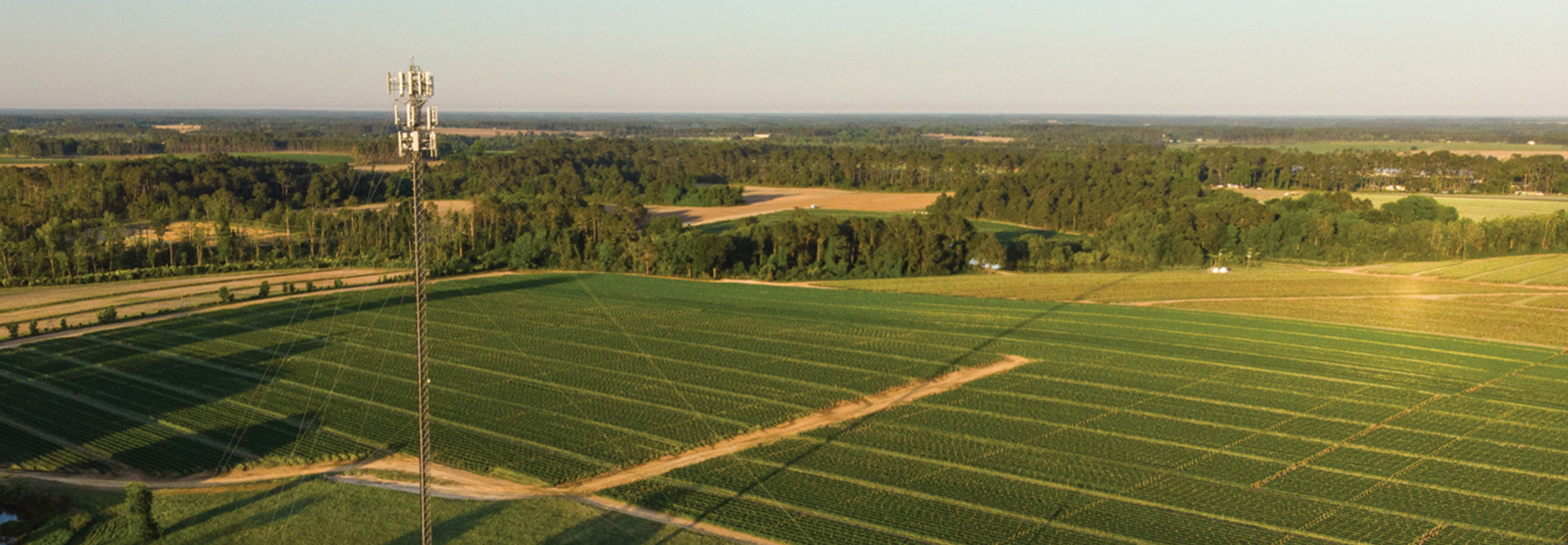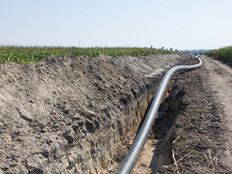Test Bed in Iowa Will Help Explore 5G in Rural Areas
According to the NSF, the project, formally called ARA: Wireless Living Lab for Smart and Connected Rural Communities, is designed to complement the technical specialties of earlier PAWR testing platforms.
According MeriTalk, the test bed will include collaboration between researchers at the university and students, as well as among “state, community, and industry partners like the Iowa Communications Network, Iowa Department of Transportation, Iowa Statewide Interoperable Communications System, Iowa Regional Utilities Association, city of Ames, local school districts, Meskwaki Tribal Nation, Woodland Farms, and U.S. Cellular.”
“In addition to a wide range of wireless technology, it creates a deeply programmable infrastructure including services that directly benefit precision agriculture in both crop and livestock farms,” the NSF noted in a statement.
As StateScoop reports, the living lab will create a “blanket” of experimental broadband coverage across nearly 600 square miles of central Iowa.
The lab will experiment with wireless signals beamed from low-Earth-orbit satellites, and will also explore how 5G and high-speed wireless broadband can “enhance crop yields by connecting drones, automated machinery and environmental sensors to farmers’ mobile devices,” StateScoop notes.
Paul Challoner, a vice president for Ericsson North America, one of the site’s industry partners, said during the project’s announcement that the test bed will provide a “unique” opportunity to research 5G use cases, according to StateScoop. Those include identifying plants and weeds using cloud-based analysis of high-resolution video and attaching Internet of Things sensors to farming equipment to track its condition.
“This is a powerful partnership between NIFA, USDA’s extramural funding agency, and NSF to foster an important step for improving the quality of life in rural America,” NIFA Director Carrie Castille said in a statement. “Transferring high-speed broadband solutions to rural communities that so badly need them will positively impact businesses, agriculture, healthcare, education, and all aspects of rural life, helping build the local economy.”











